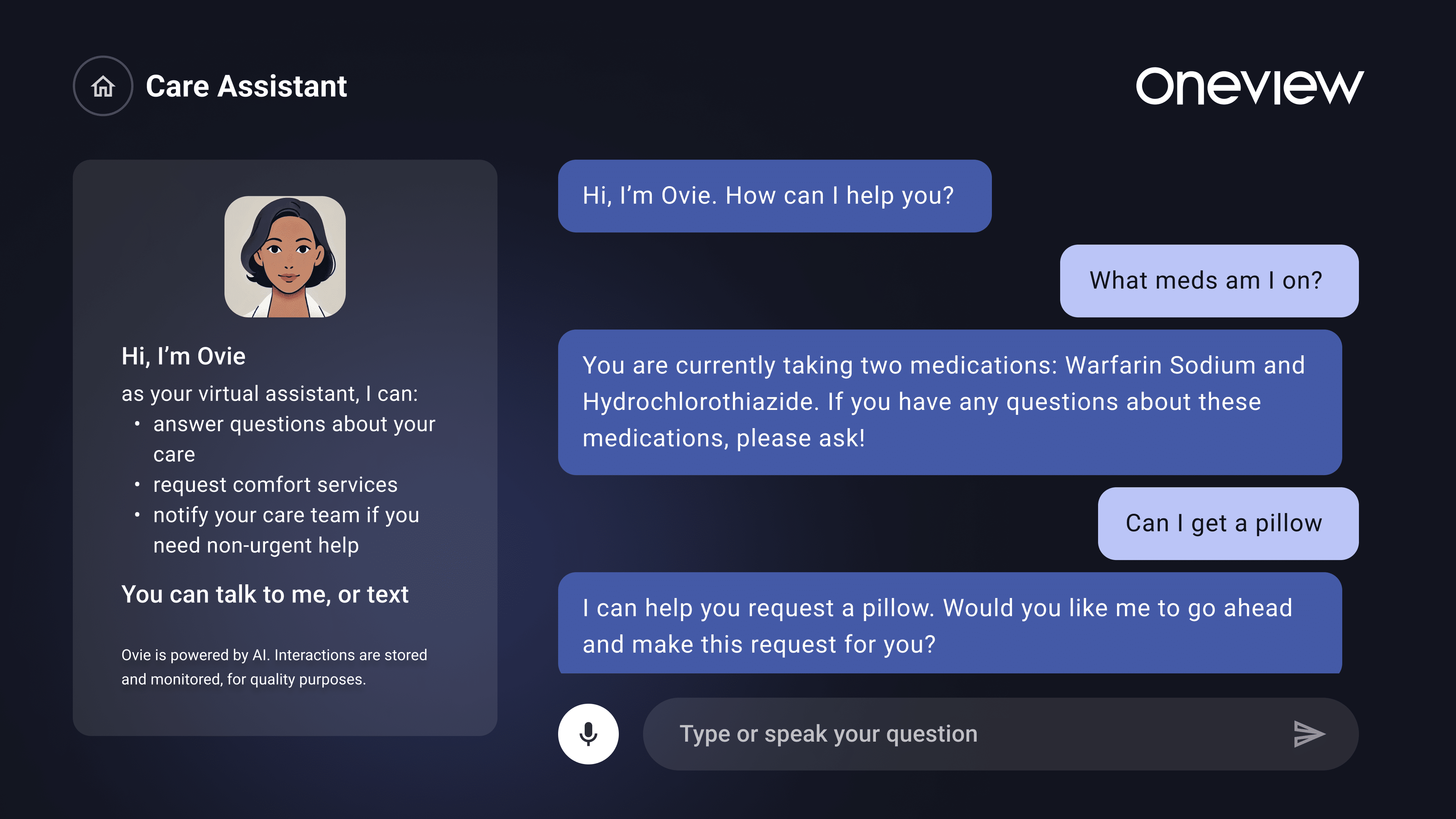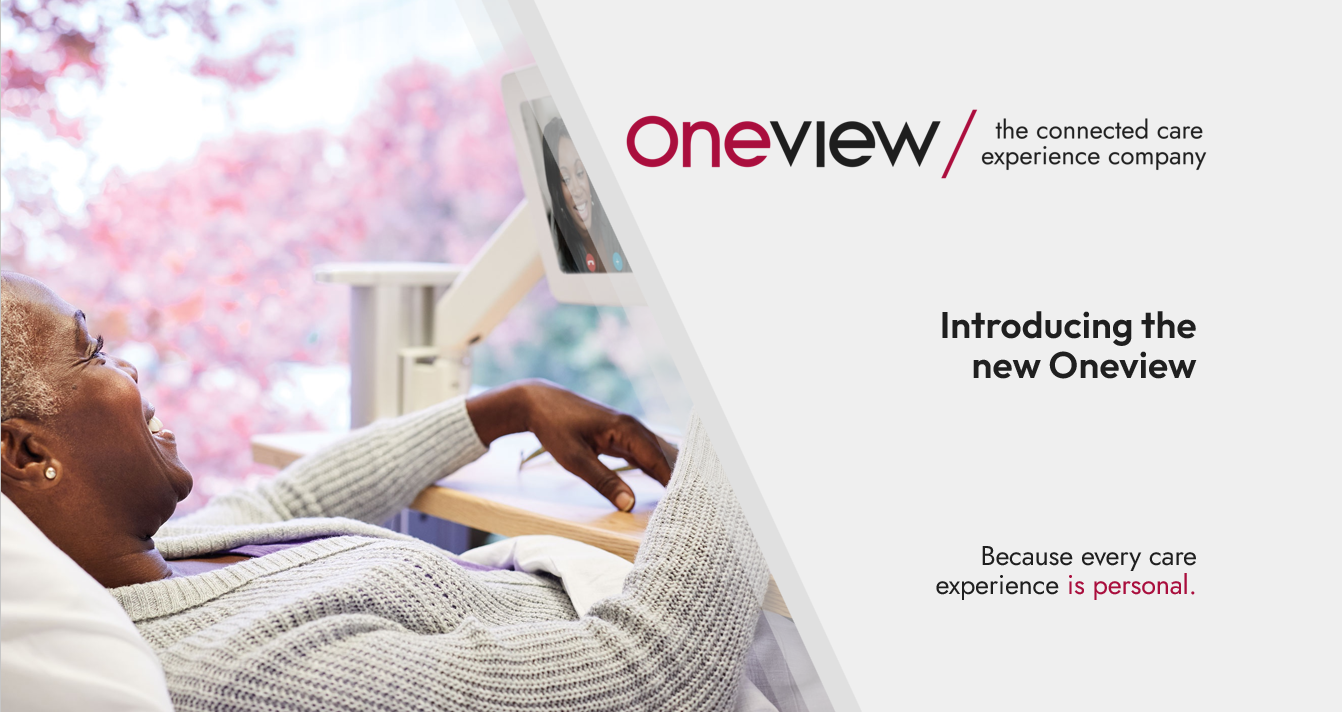In our last blog post, we covered how a Care Experience Platform is the “Next Generation” of Interactive Patient Care. We showed you what defines and differentiates a Care Experience Platform and makes it revolutionary.
We want to empower you with these transformative qualities and we’ll look at each in detail below. We’ll discover why each is important, and yes, how we measure up with our own Care Experience Platform.
This week, we’re starting with the people and their relationships. A Care Experience Platform considers all stakeholders and is proven to support relationship-centered care.
Firstly, what is a Care Experience Platform?
A Care Experience Platform improves the experience for patients, families and the entire care team. Solutions that focus only on the patient will never work because neglecting the family and care team experiences will negatively affect the overall patient experience. By considering all stakeholders and supporting relationship-centered care, a Care Experience Platform optimises the experience for all, and establishes an important foundation for population health management and sustainable, scalable personalized care.
Why is Relationship-Centered Care Important?
At Oneview, we’ve always considered the patient-centered care model when designing and building solutions. Patient-centered care is concerned with the relationship between the provider and the patient. For example, one principle is the need to respect the patient’s values, preferences, and expressed needs. We make sure our patients feel engaged and respected, not only by enabling our user interfaces to display in a host of different languages, but also with multi-lingual educational information, and ease of access to translation services to help ensure equity of care.
Relationship-centered care builds on the model of patient-centered care, providing an alternative framework focusing on the importance of the relationships in healthcare. The term “Relationship-Centered Care” was first used by the Pew-Fetzer Task Force in 1994, and the concept was elaborated further in a seminal paper by Mary Catherine Beach MD, MPH et al in 2006:
“All illness, care, and healing processes occur in relationship—relationships of an individual with self and with others. Relationship-centered care (RCC) is an important framework for conceptualizing health care, recognizing that the nature and the quality of relationships are central to health care and the broader health care delivery system. RCC can be defined as care in which all participants appreciate the importance of their relationships with one another. RCC is founded upon 4 principles: (1) that relationships in health care ought to include the personhood of the participants, (2) that affect and emotion are important components of these relationships, (3) that all health care relationships occur in the context of reciprocal influence, and (4) that the formation and maintenance of genuine relationships in health care is morally valuable. In RCC, relationships between patients and clinicians remain central, although the relationships of clinicians with themselves, with each other and with community are also emphasized.”
How we Include Our Stakeholders
We consider the following stakeholder groups, and support interactions between them to build stronger relationships. This ensures the best care experiences and outcomes.
- Patients: we want to empower patients to take control of their own experiences and encourage them to be active participants in their care.
- Families: we provide a supportive environment to the patient’s families, ensuring they have the right information and the right tools to be involved in care decisions. Our goal is for them to feel supported as caregivers.
- The care team: Through removing the burden of manual tasks, as well as the optimization of workflow and information access, we allow care teams to operate at the top of their license and free up time for more human care. With a growing nursing shortage, and nurse burnout at critical levels as a result of the COVID-19 pandemic, this is more important than ever.
In addition to these stakeholders, we recognize the needs of our customers, the healthcare organizations. This includes those who procure, implement, operate, and support technology on behalf of these organizations.
The foundation for our product development is an understanding of these stakeholder groups, their motivations, goals and frustrations, as well as their “jobs to be done” (their need, or what they look to accomplish).
Understanding Stakeholder Needs
We use a combination of research tools to build this understanding, and importantly, to validate this understanding with people from these stakeholder groups.
- User personas: help to create products with specific users in mind, rather than building for a generic user base. These are archetypal users that are grounded in the lived experience of real people, whose goals and characteristics represent a group of users and their goals. For example, a patient who is in hospital for an elective procedure has different goals and characteristics than a patient who has been readmitted to the hospital with a chronic condition. Furthermore, a young child having an elective procedure has different goals and characteristics than a senior.
- Patient journey maps: based on the Customer Journey Map, these are a systematic approach to understanding the patient’s stay, their interactions over time, and their needs and emotions at each step. This helps ensure we’re solving for emotional needs as well as practical needs.
- The Value Proposition Canvas: This is a tool to focus on stakeholder needs, starting with their “jobs to be done”. It also maps how stakeholders will benefit from these jobs being done (their “gains”) and the things that will increase the likelihood of adoption of solutions, the negative experiences, emotions and risks that the customer experiences with these jobs (their “pains”).
Having a good understanding of our stakeholder’s needs enables us to design the right solutions to meet these needs.
Designing the right solutions
At Oneview, we strive to understand the needs of those we’re designing for and keep user experience at the heart of everything we do. Using proven design frameworks for innovation, our goal is to design the right solutions for the right people.
We consider the above stakeholders throughout our design processes and advocate for their experience. This ensures we build easy to use and well-designed products, every time.
Our design process follows a double diamond approach and comes in four sections:
- Discovery: During this phase we conduct extensive qualitative and quantitative research, this is to identify which problems need to be solved so we can best design the solutions. We include data from section 3, as well as employing a range of other design thinking methodologies.
- Refinement: After extensive research, our skilled product and engineering teams interpret the data collected and refine it into carefully crafted design questions.
- Develop: through broad ideation we look at solving the problem from all angles, testing and iterating our ideas to the point where they’re ready for deployment.
- Deliver: To ensure the credibility of our designs, we seek further engagement with patient and family advisory councils, nursing user groups and our customers.
Speed to value
Once we’ve designed and built the software, our goal is to get it into the hands of our end-users as quickly as possible. Our move to cloud deployment enables us to release software faster, meaning our end-users and customers get value faster (this is called “speed to value”). It also means you can get feedback quickly, cutting back on spending many months or even years building complex software before anyone can even use it. We’re able to build smaller increments and then get end-user feedback and review data to determine whether the software is really solving the stakeholder problem we’d set out to solve.
Want to learn more?
Over the coming weeks and months, in a series of blog posts, members of the Oneview team will explore how our CXP meets these characteristics today, and how we’re planning for the future. Check back for updates and join the conversation on our social media channels.
To learn more about our CXP and how it could help your health system, visit the CXP Platform section of our website.
Want to try it for yourself? We can send you an evaluation tablet, so you’ll see what your patients would experience.



